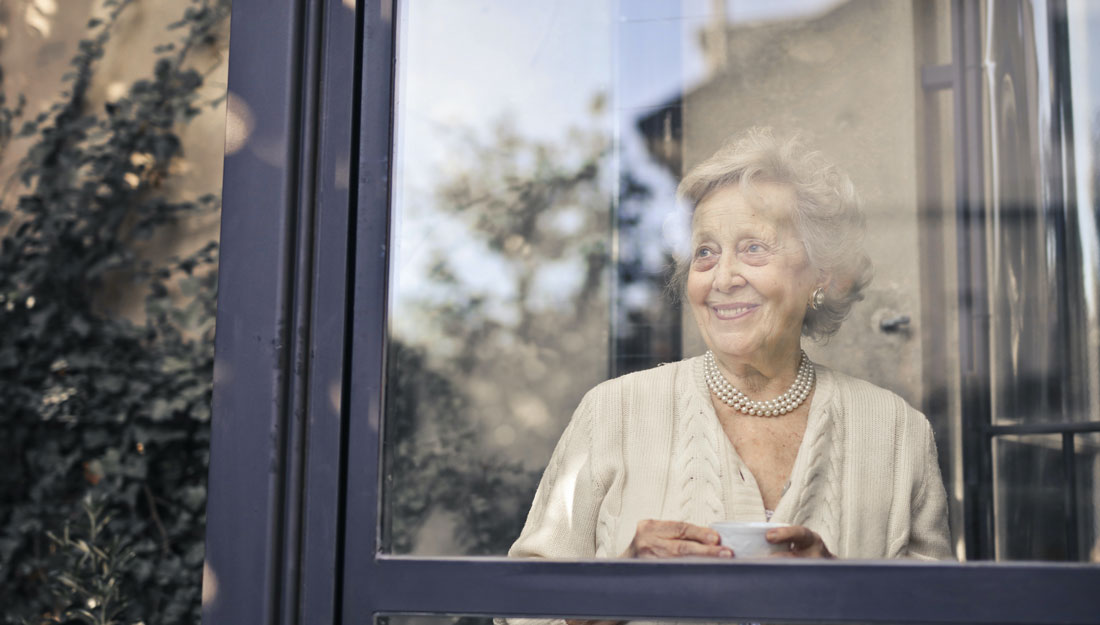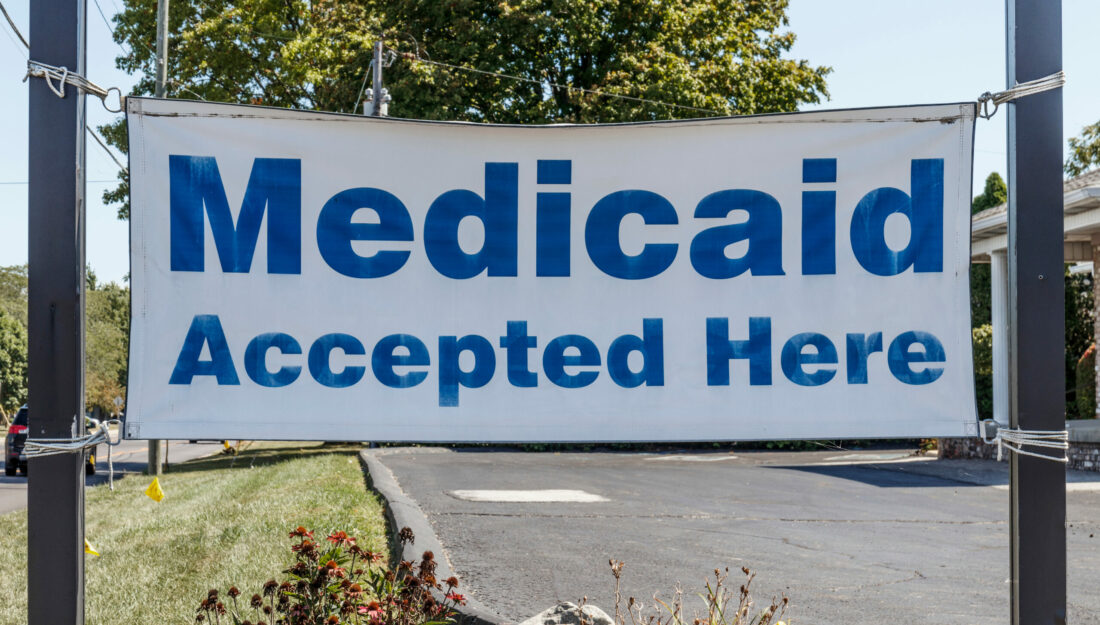- Marcia Ory, PhD, MPH
- COVID-19, Point of View, Public Health, Show on VR homepage
Older adults are coping with the pandemic better than younger people
In the COVID-19 era, older adults see time differently and are less stressed than other age groups

Older adults are learning to cope with social distancing restrictions.
Photo from Pexels
Time in the era of COVID-19 has taken on new meaning. “Blursday” is the new time word of the year—where every day seems the same when staying home and restricting socializing and work.
As a public health and aging expert and founding director of the Texas A&M Center of Population Health and Aging, I have been studying the impacts of COVID-19 with an interest in debunking myths and identifying unexpected positive consequences for our aging population.
It is common to view older adults as especially vulnerable. Public health statistics reinforce the picture of older adults infected with SARS-CoV-2 as more likely to have serious complications, to be hospitalized and to die.
But what do we know about how older adults themselves are responding to social distancing restrictions in place to help mitigate the spread of COVID-19? And what does this changing sense of time mean for them?
Calmness, interest and gratitude
Despite popular notions that older adults would have more negative reactions to forced social isolation, a recent national survey revealed that older adults—despite their awareness of increased risk—are generally not reporting more feelings of anxiety, anger or stress than younger age groups.
They are actually expressing more positive emotions—feelings of calmness, interest and gratitude. Indeed, other surveys suggest it’s the youngest adults—ages 13 to 23—who are experiencing the most stress.
This surprising finding has been attributed partly to older adults’ perceptions of time and their coping mechanisms developed over a lifetime.
Many older people have redefined their experiences in terms of time left to live, and they focus on what is most meaningful now. They let go of what they can’t do anything about. Instead of looking back, older adults are motivated to enjoy the time they have left.
What have been difficult are the changing definitions of time and the persistence of a “blursday” existence. Being isolated during spring and summer seemed almost bearable. The uncertainty of knowing when—if—things will return to pre-COVID life is likely to be taking a toll on even the most robust older adults.
Older adults who have been self-isolating for months have been looking forward to getting together with their families over the holidays. Not seeing their families during the holiday season may be particularly difficult.
When I was talking to an older friend the other day, she indicated she was “basically doing fine.” She was staying in touch with her family through regular Zoom calls. But she was “a bit sad about the upcoming holidays,” and what she “missed most was not being able to hug” her children—“especially over the holidays.”
From expectation to reality
During a recent SiriusXM Doctor Radio show on which I was the guest “expert,” I heard many real-life challenges families face: an older woman with underlying health conditions worrying about not getting to travel to see her children and grandchildren. Adult children who were weighing what would be worse—possibly infecting their older relatives by visiting or not being able to see their elderly relatives in person for what could be the last time.
While vaccinations are now authorized for emergency use, their rollout will take time and we can’t expect them to be an immediate solution for such hard decisions.
Public health guidelines still recommend using face masks and adhering to social distancing rules. They also recommend limiting travel well into the new year.
This push-pull, from expectation to reality, can be an especially hard adjustment. Instead of a one-time cure, will we be thinking of COVID-19 vaccinations as a perennial event, like with flu shot, and COVID-19 precautions as a fixture in our everyday lives?
Grandma is on Instagram
Contrary to stereotypes that cast older adults as tech-phobic, many older people are learning new skills to become more familiar with technology. That way, they can stay socially connected and accomplish tasks of daily living such as bill paying and grocery shopping.
Some older adults are even more likely than before to communicate with their loved ones during COVID-19 times using social media platforms.
Health care changing with the times
Health and social organizations are more attuned to negative impacts of social isolation and are instituting screening tools and referral sources for care. For example, a social isolation risk screener asks brief questions to detect early signs of social isolation and link older adults to needed services.
Another silver lining: mental health problems may not be so stigmatized when many people have such obvious reasons for unhappiness.
Health care itself is changing, with benefits for patients’ time. Instead of expecting older adults to spend hours getting up and out of the house for a 15- to 30-minute appointment, telemedicine has come into many older adults’ homes.
There is renewed interest in advanced care planning as well. While doctors, older adults and their families may have been previously uncomfortable about bringing up the topic, such discussions are becoming more common, due in part to the high number of serious complications and fatalities in the older population.
And finally, as an aging expert, I see one more positive change: a de-stereotyping of older adults.
Beyond the statistics portraying the seriousness of COVID-19 among older adults, there is also a growing recognition that older adults are not all the same. COVID-19 experiences will be affected by existing physical and mental health as well as the social conditions in which older adults live.
While many older adults may be coping well, it’s important not to overlook those socially isolated older adults with persistent mental health challenges or difficulties getting access to technologies that can help them connect to others.![]()
This article by Marcia G. Ory originally appeared in The Conversation.
Media contact: media@tamu.edu


